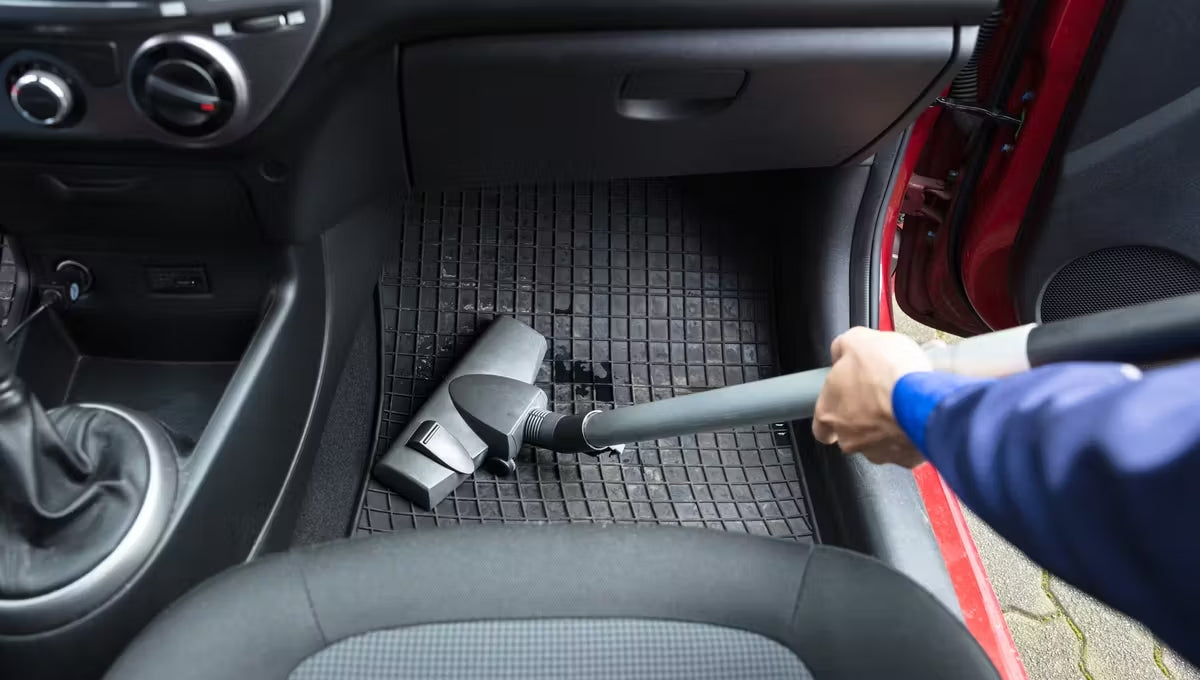The Ultimate Guide to Convertible Car Seats, Safety, Features, and Buying Tips
Introduction
The safety and comfort of your child while traveling are paramount, and choosing the right car seat is a crucial decision for parents. One of the most versatile and popular options on the market is the convertible car seat. Designed to accommodate infants, toddlers, and even young children, convertible car seats offer a range of features and benefits that make them an attractive choice for many families. In this comprehensive guide, we will explore everything you need to know about convertible car seats, from their safety features to installation tips and how to choose the best one for your child's needs.
:max_bytes(150000):strip_icc()/_hero_SQ_Evenflo-Tribute-LX-Convertible-Car-Seat-1-60abc297f06a48fea35e398b02750d40.jpg)
Chapter 1: Understanding Convertible Car Seats
What is a Convertible Car Seat?
A convertible car seat is a type of child safety seat that can be used in both rear-facing and forward-facing positions. These seats are designed to adapt to your child's growth and can typically accommodate infants as small as 5 pounds up to toddlers or young children weighing 40 pounds or more, depending on the specific model.
Chapter 2: Why Choose a Convertible Car Seat?
1. Longevity and Cost-Effective: One of the primary reasons parents choose convertible car seats is their longevity. Unlike infant-only car seats that are quickly outgrown, convertible seats can be used for several years, making them a cost-effective option.
2. Enhanced Safety: Convertible car seats are engineered to meet rigorous safety standards. Their ability to accommodate both rear-facing and forward-facing positions provides extended rear-facing protection, which is considered the safest position for young children.
3. Transition Ease: Convertible seats smoothly transition from rear-facing to forward-facing, eliminating the need for purchasing multiple car seats as your child grows.
Chapter 3: Rear-Facing vs. Forward-Facing
The Importance of Rear-Facing:
-
Rear-facing car seats provide the best protection for infants and young children. In this position, the seat cradles the child's head, neck, and spine, reducing the risk of injury in a collision.
-
Many convertible car seats have extended rear-facing weight limits, allowing children to remain in this position for an extended period.
Transitioning to Forward-Facing:
- Once your child reaches the seat's height and weight limits for rear-facing, it's time to transition to forward-facing. This position offers a different set of safety features and is suitable for older toddlers and young children.
Chapter 4: Key Features of Convertible Car Seats
1. Weight and Height Limits: Check the manufacturer's specifications to ensure that the seat is appropriate for your child's age, weight, and height.
2. Five-Point Harness: A five-point harness system provides the best protection, securing your child at the shoulders, hips, and between the legs.
3. Side-Impact Protection: Look for convertible car seats with additional side-impact protection features, such as energy-absorbing foam or extended side wings.
4. Ease of Installation: Consider how easy the seat is to install. Some models come with user-friendly features like color-coded installation guides or one-click LATCH connectors.
5. Recline Adjustability: Convertible seats should have multiple recline positions to ensure proper installation and your child's comfort.
6. Easy Cleaning: Look for seat covers that are easy to remove and machine washable, as children can be messy.
Chapter 5: Installation Tips for Convertible Car Seats
1. Read the Manual: Always read and follow the manufacturer's instructions carefully. The manual will provide specific guidance on installation and use.
2. Use the Right Method: Choose between the LATCH system (Lower Anchors and Tethers for Children) or the vehicle's seat belt for installation, but never use both simultaneously.
3. Achieve the Right Angle: Ensure that the car seat is at the correct angle for your child's age and weight. Many convertible seats have built-in angle indicators to assist with this.
4. Check for a Secure Fit: The car seat should not move more than one inch in any direction when properly installed. Double-check the installation by giving it a firm tug to test its stability.
5. Harness Adjustments: Adjust the harness straps to fit snugly over your child. The harness should be at or just below shoulder level for rear-facing and at or just above the shoulders for forward-facing.
Chapter 6: Choosing the Right Convertible Car Seat
1. Child's Age, Weight, and Height: Consider your child's age and size to ensure that the car seat you select is appropriate.
2. Vehicle Compatibility: Check whether the car seat fits well in your vehicle. Some cars have narrower back seats, and not all car seats fit comfortably in every car.
3. Safety Ratings: Research safety ratings and reviews for different convertible car seat models. Look for seats that have been tested and rated highly by reputable organizations.
4. Budget Considerations: Set a budget for your car seat purchase, as prices can vary widely. While it's essential to find a car seat that meets your needs, there are options available for various budgets.
Chapter 7: Common Questions and Concerns
1. How Long Should My Child Stay Rear-Facing?
Many experts recommend keeping your child rear-facing as long as possible, ideally until they reach the maximum weight and height limits specified by the car seat manufacturer. This can often extend beyond the age of two.
2. When Should I Transition to Forward-Facing?
Transitioning to forward-facing should only occur when your child has outgrown the rear-facing limits specified by the car seat manufacturer. It's essential to prioritize safety over the desire for your child to have a better view.
3. Can I Use a Convertible Car Seat for My Newborn?
Yes, many convertible car seats are suitable for newborns. However, you should check the seat's weight and height limits to ensure it accommodates your newborn's size.
Chapter 8: Proper Maintenance and Care
To ensure your convertible car seat continues to provide safety and comfort for your child, here are some maintenance and care tips:
-
Regularly inspect the car seat for any signs of wear or damage.
-
Keep the car seat clean by removing the cover and washing it according to the manufacturer's instructions.
-
Avoid using aftermarket accessories or products that have not been tested or approved by the car seat manufacturer, as they may compromise safety.
Conclusion
Choosing the right convertible car seat for your child is a critical decision that requires careful consideration of safety features, your child's age and size, and your vehicle's compatibility. By understanding the benefits, features, and proper installation techniques, you can provide your child with a safe and comfortable travel experience. Always refer to the manufacturer's instructions and guidelines for your specific car seat model, and prioritize safety above all else when it comes to your child's well-being on the road.



